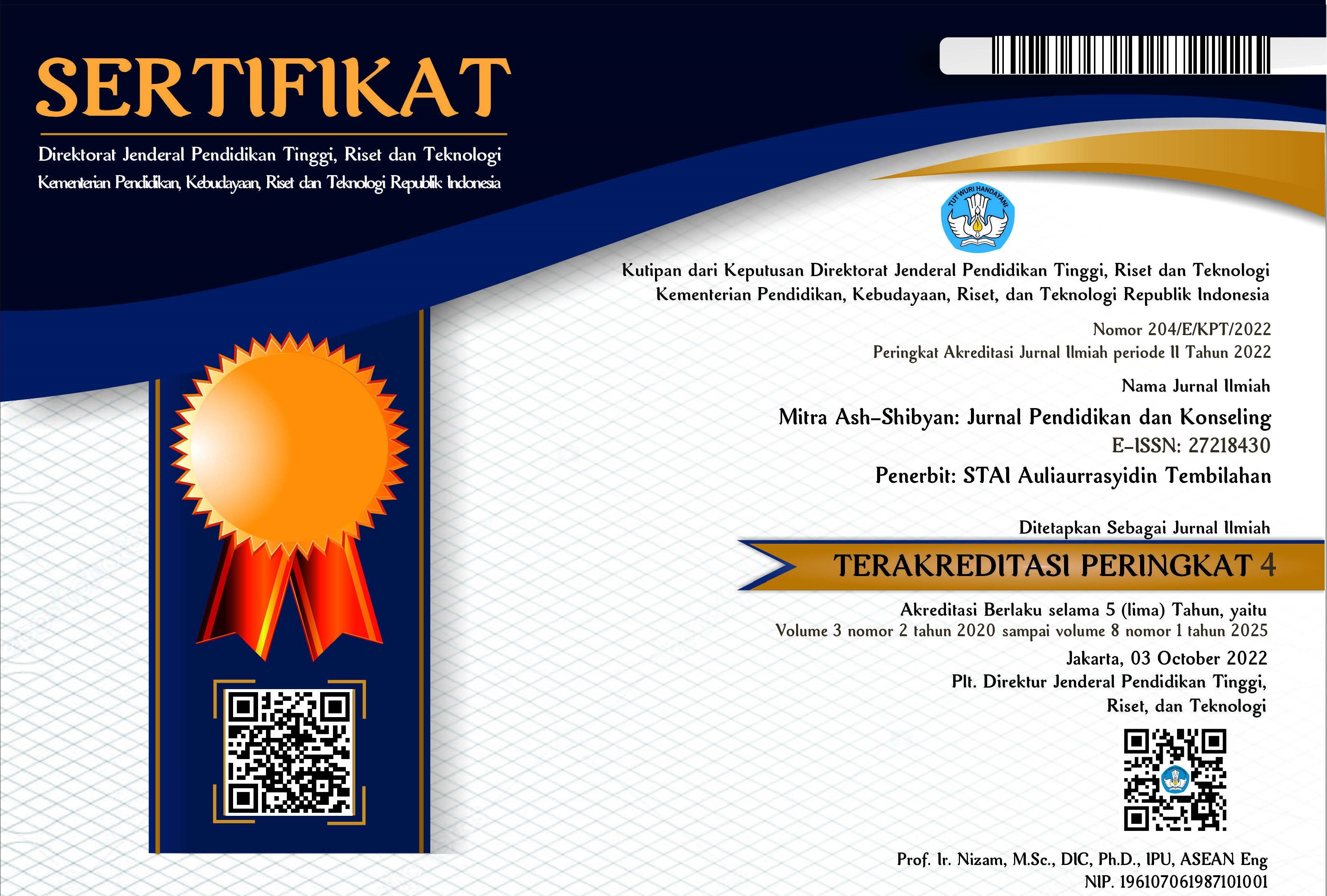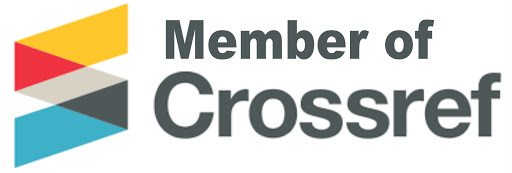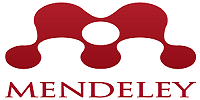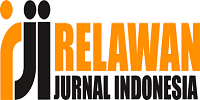Kontribusi Konsep Diri terhadap Perilaku Bullying
DOI:
https://doi.org/10.46963/mash.v2i1.25Keywords:
Self-Concept, Bullying BehaviorAbstract
Bullying behavior was affected by nternal factors. The internal factor was self-concept. The purpose of this research was to reveal the extent to which the self-concept contributed toward bullying behavior. This research used quantitative approach and correlation method. The population of the research was the students in claas X and XI. The sample was chosen by using proportional random sampling technique. The instrument of the research was a scala of Likert model. The reliability of the instrument of the self-concept was 0.873, and bullying behavior was 0.899. the data gathered were analized by using simple regression. The research findings indicated that: 1) self-concept in general, was in average category in which physical and social aspects got the highest percentage, 2) bullying behavior in genaral was in average category in which verbal and relational bullying got the highest percentage, 2) self-concept contributed negatively and significantly toward bullying behavior.
Downloads
Downloads
Published
Issue
Section
License
Authors who publish with this journal agree to the following terms:
1. Copyright on any article is retained by the author(s).
2. The author grants the journal, right of first publication with the work simultaneously licensed under a Creative Commons Attribution shareAlike 4.0 International License that allows others to share the work with an acknowledgment of the work’s authorship and initial publication in this journal.
3. Authors are able to enter into separate, additional contractual arrangements for the non-exclusive distribution of the journal’s published version of the work (e.g., post it to an institutional repository or publish it in a book), with an acknowledgment of its initial publication in this journal.
4. Authors are permitted and encouraged to post their work online (e.g., in institutional repositories or on their website) prior to and during the submission process, as it can lead to productive exchanges, as well as earlier and greater citation of published work.
5. The article and any associated published material is distributed under the Creative Commons Attribution-ShareAlike 4.0 International License







2.png)



